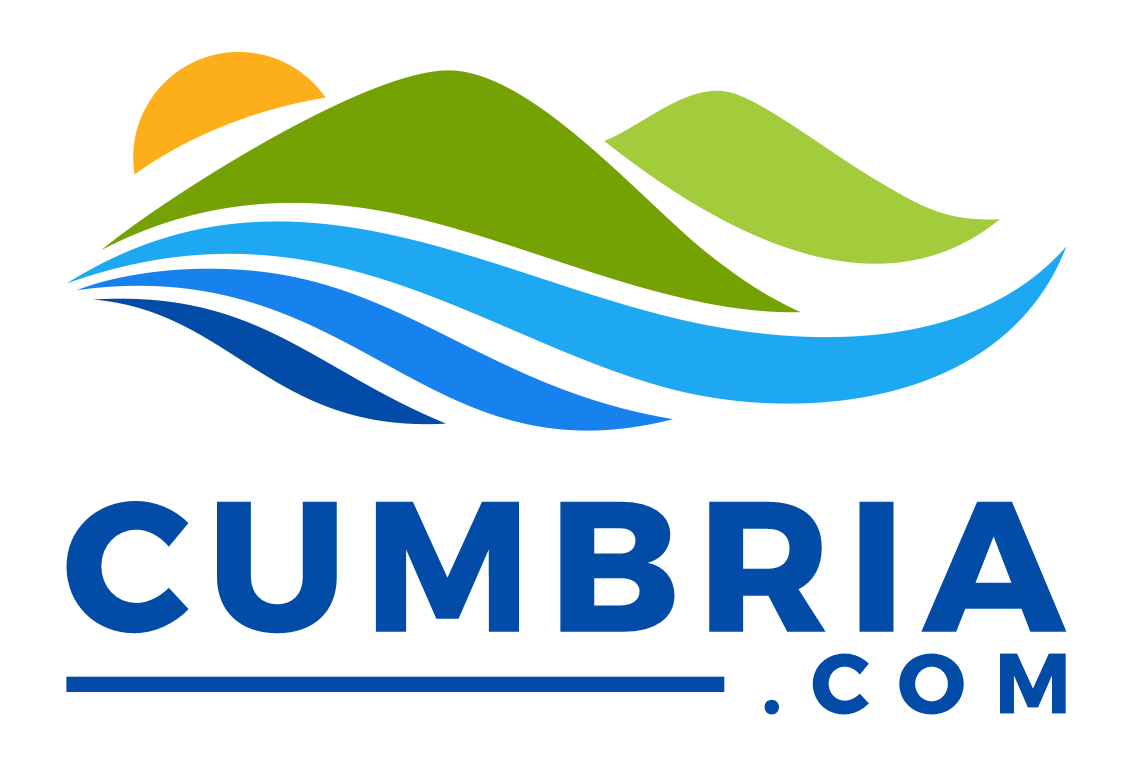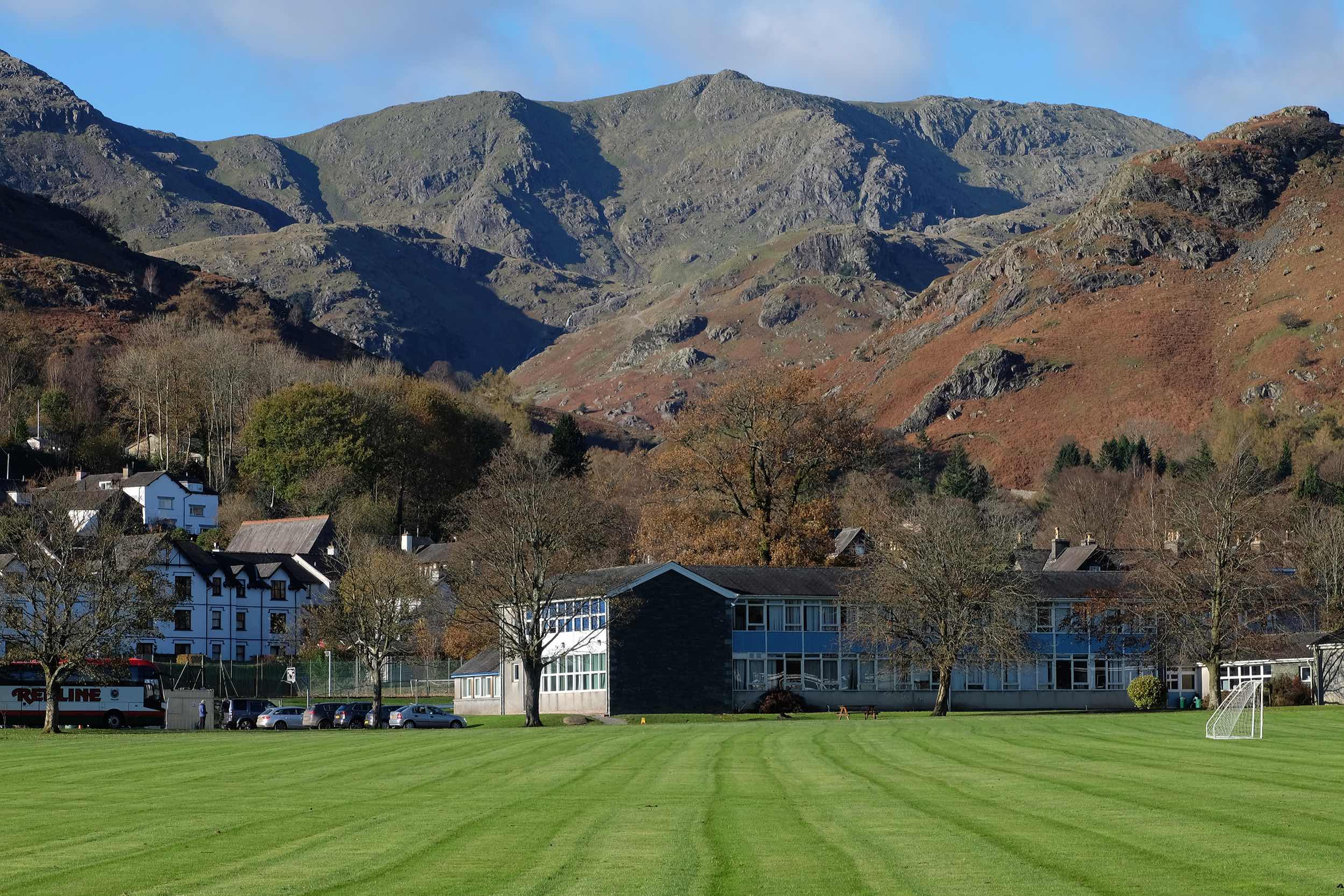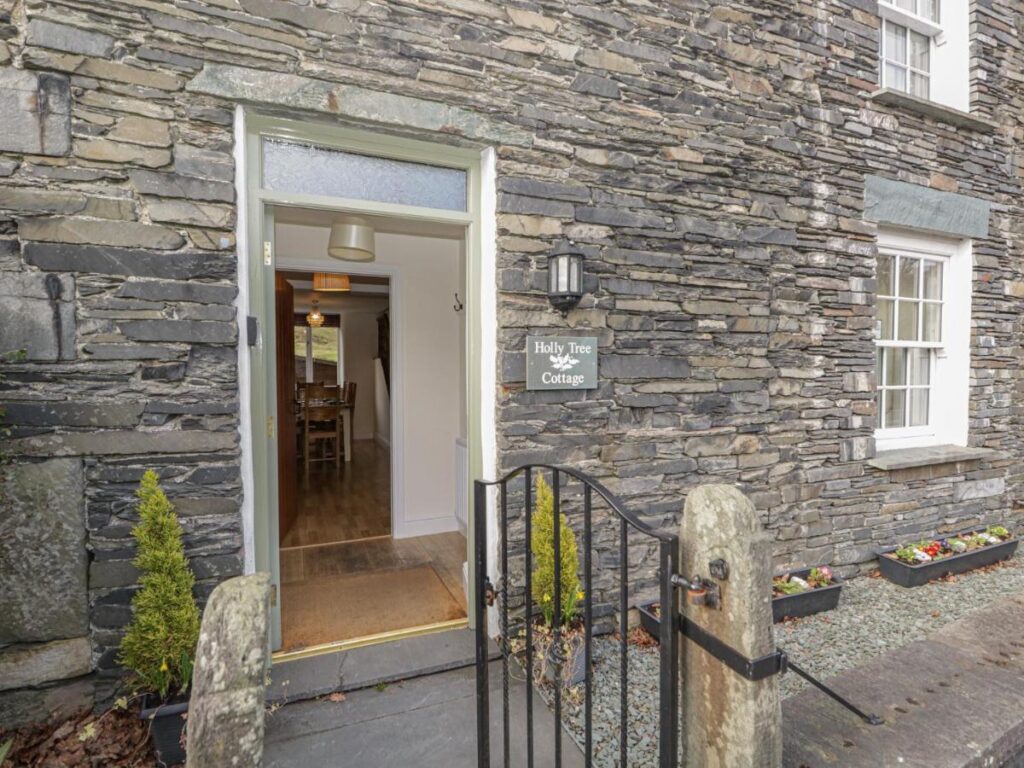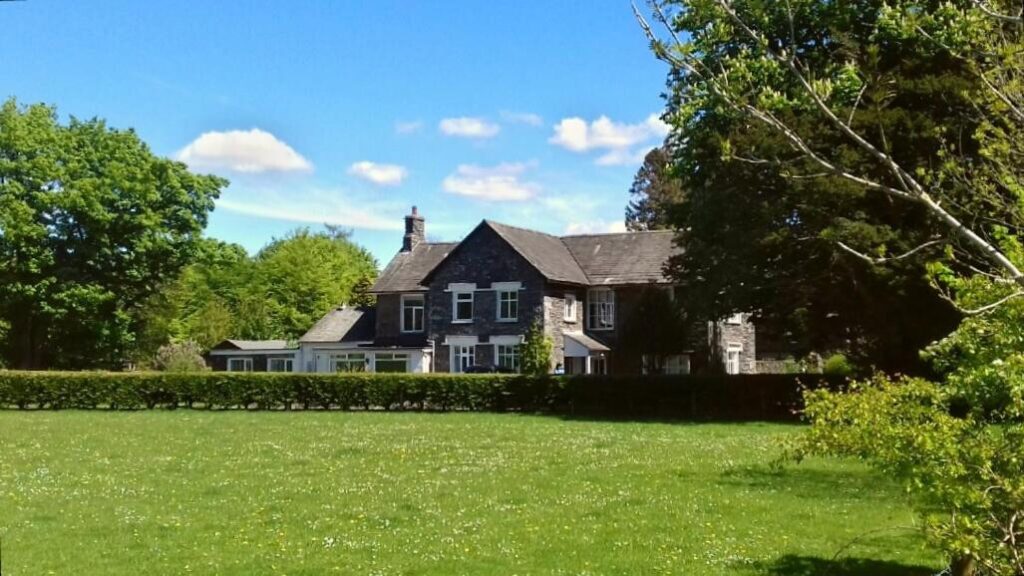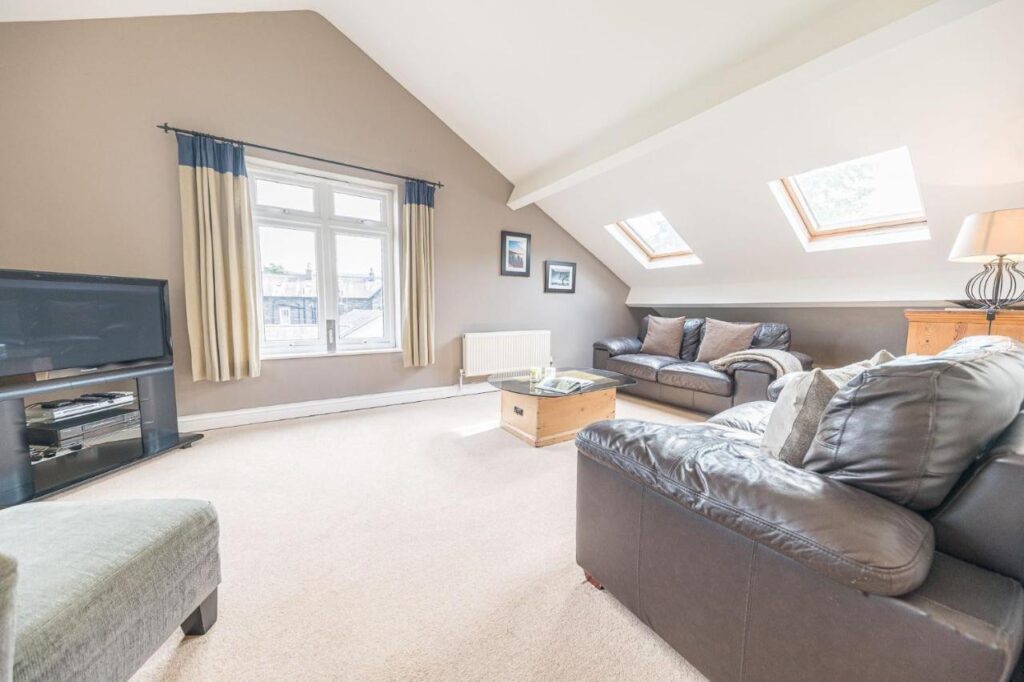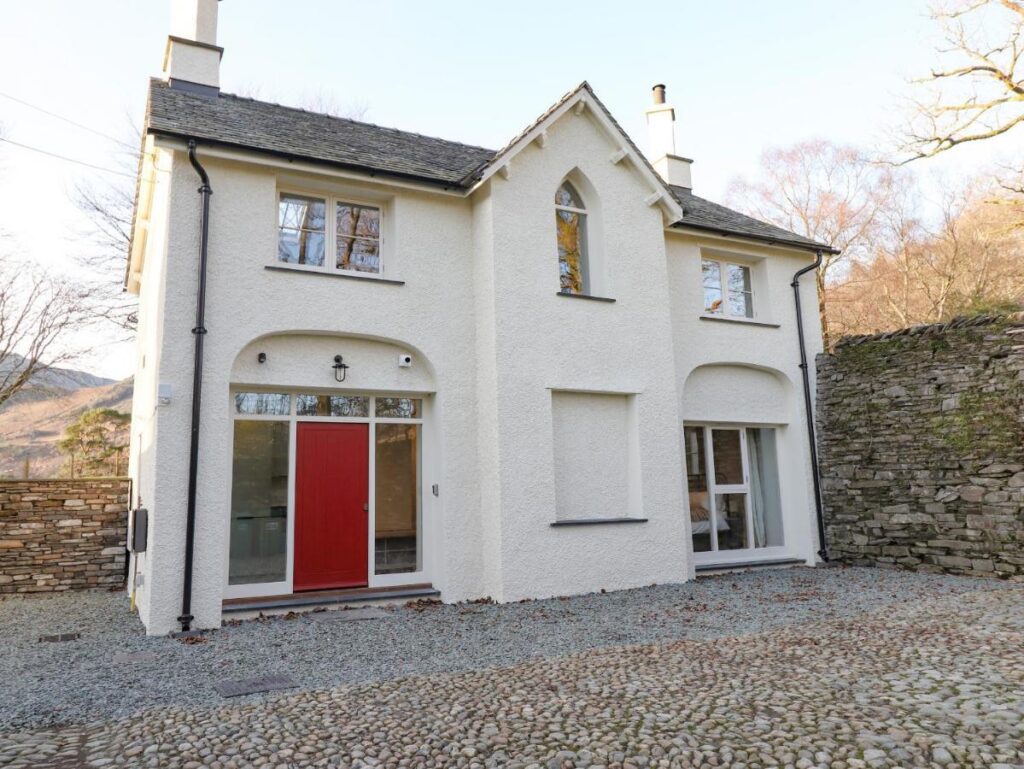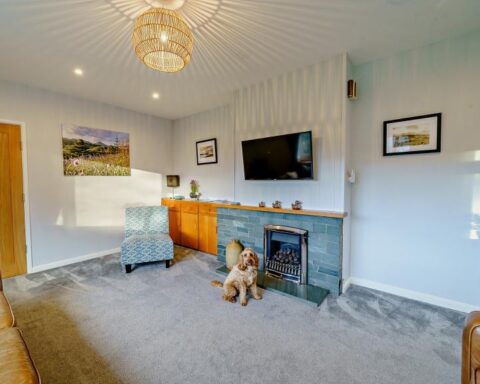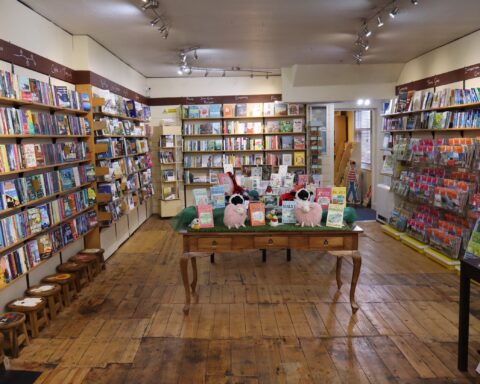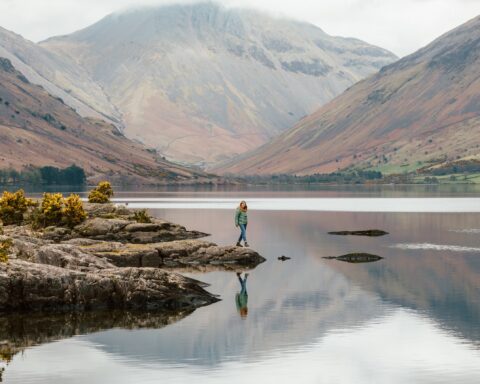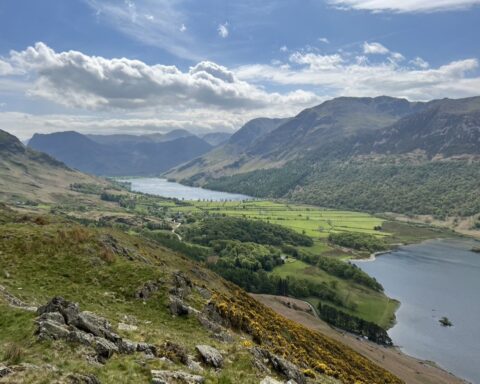Exploring Coniston: A Guide to the Village’s Top Attractions
Coniston squats at the foot of high, rugged fells. Its terraced miners’ and quarrymen’s cottages are overshadowed by peaks that have been exploited for their minerals for centuries. The slender Coniston Water, one of the National Park’s largest lakes, stretches five miles into the distance.
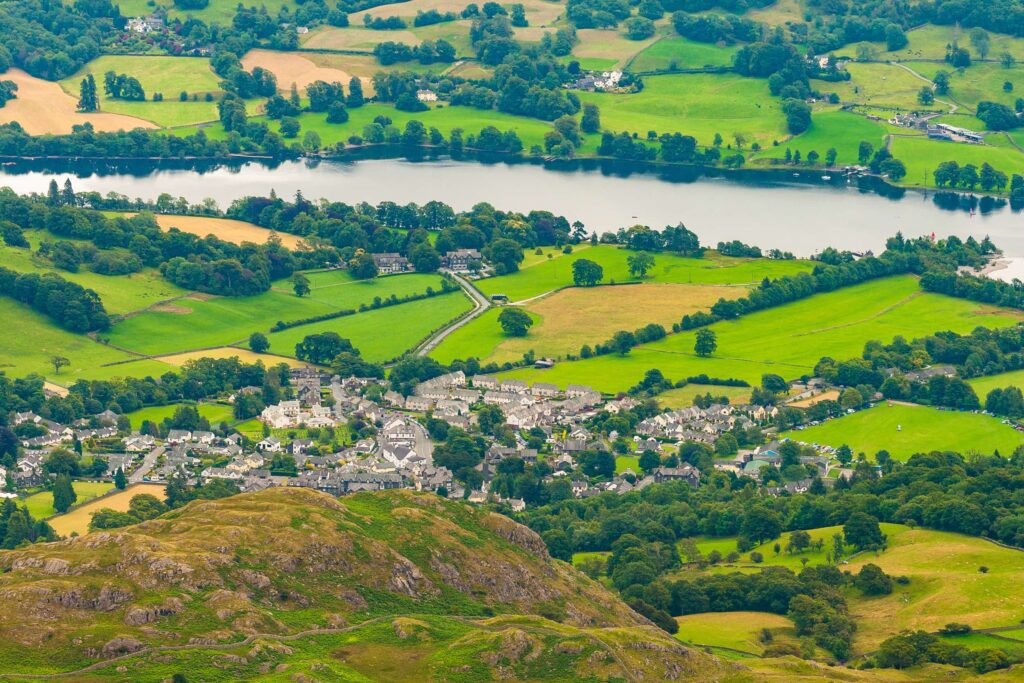
Hiking in the Fells
The fells and the lake are the chief attractions here, with outdoor enthusiasts flocking to the village in all seasons. Coniston Old Man is the big daddy of the Southern Fells. The highest peaks are:
- Dow Crag (2,552ft/778m)
- Wetherlam (2,503ft/763m)
- Swirl How (2,631ft/802m)
- Coniston Old Man (2634ft/803m).
You can enjoy far-reaching views in all directions, as far as Snowdonia in north Wales, on a clear day. The long, windswept ridge that links these fells together makes for great walking.
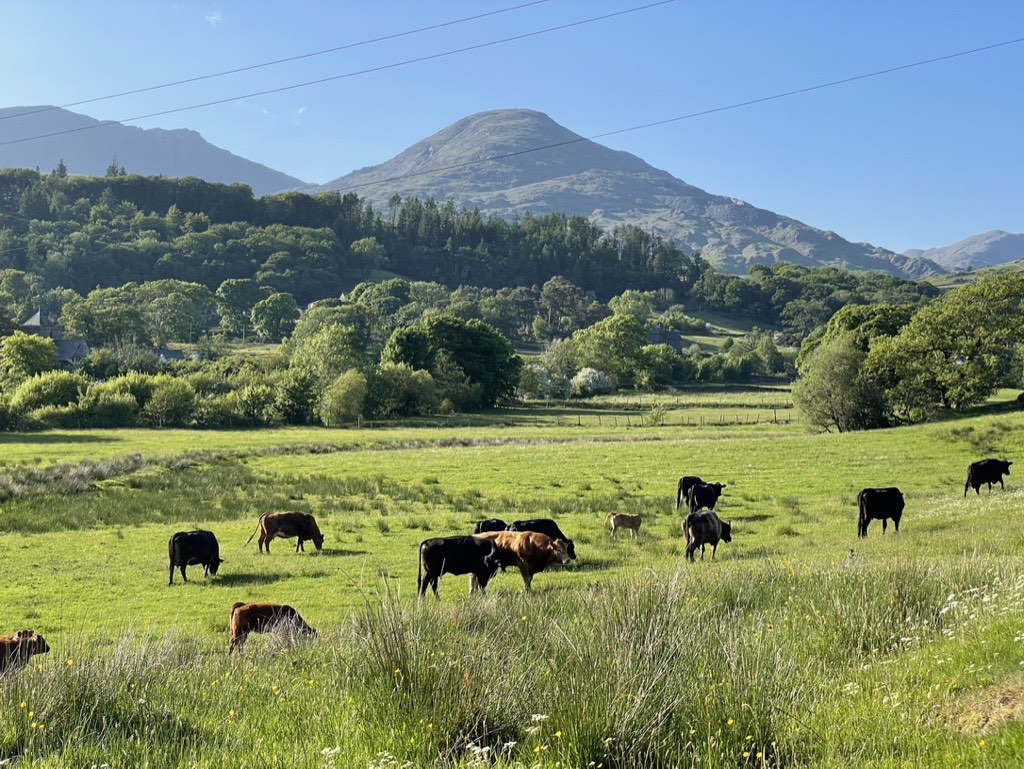
Boat Trips on Coniston Water
As on most other major lakes, boat trips operate along the length of Coniston Water. Choose from the Coniston Launch or the more refined Gondola, a Victorian steam yacht restored by the National Trust. Additionally, The Coniston Boating Centre, located just half a mile from the village centre, hires out kayaks, canoes, rowing boats, motor boats and dinghies. Fans of Swallows and Amazons can even follow in the wake of their heroes and sail out to Peel Island. Also known as Wild Cat Island in Arthur Ransome’s children’s adventure story.
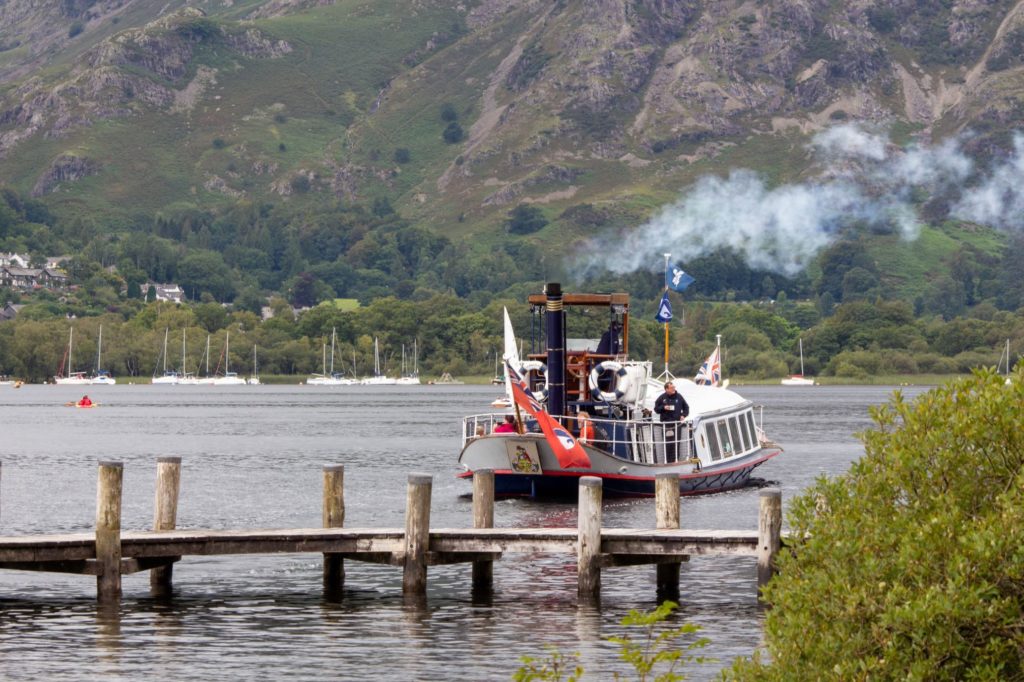
Brantwood
Brantwood, the former home of the Victorian art critic and social thinker John Ruskin. This historic house has its own pier and is just a short boat ride from Coniston. The house, filled with paintings, objets d’art and exquisite period furniture. It is open to the public, as are the extensive gardens rising above the wooded eastern shores of Coniston Water.
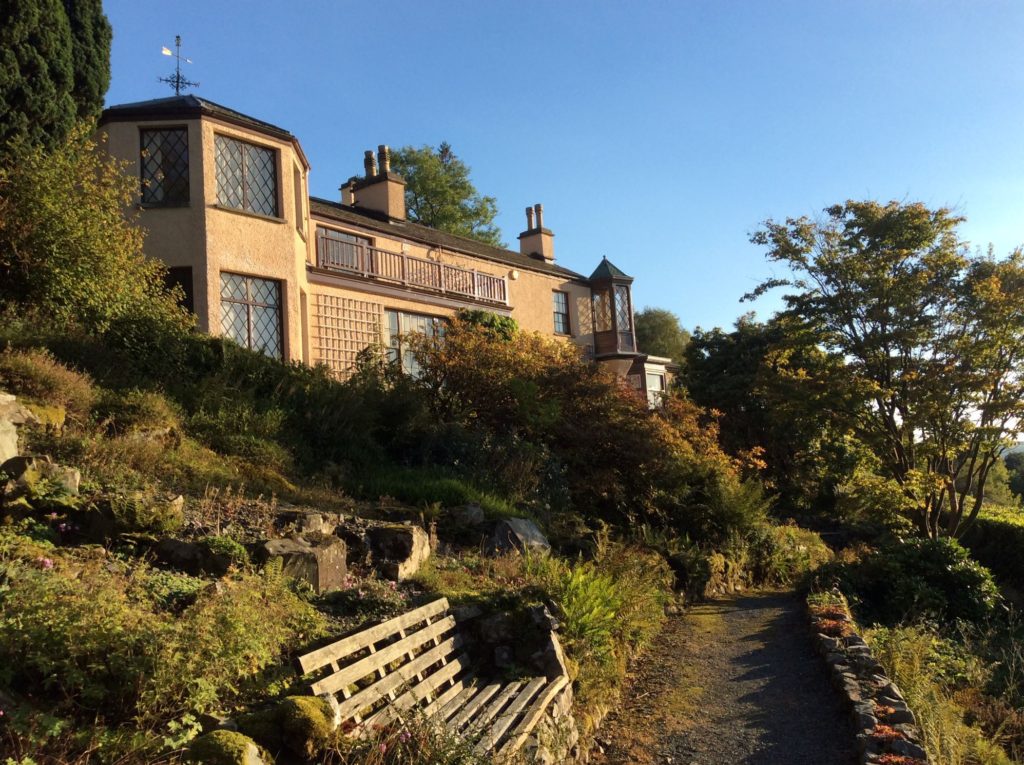
Ruskin Museum
In the village itself, the Ruskin Museum charts the area’s history. Learn about prehistoric times to the escapades of twentieth-century speed aces Malcolm and Donald Campbell. Both father and son achieved water speed records on the lake between 1939 and 1959. Son Donald lost his life here in January 1967 while attempting to break the 300mph barrier. His boat, the Bluebird K7, lifted out of the water, did a backward somersault and then nose-dived into the lake. The wreck was only recovered in 2001, followed soon after by Campbell’s remains. He has since been buried in the village cemetery.
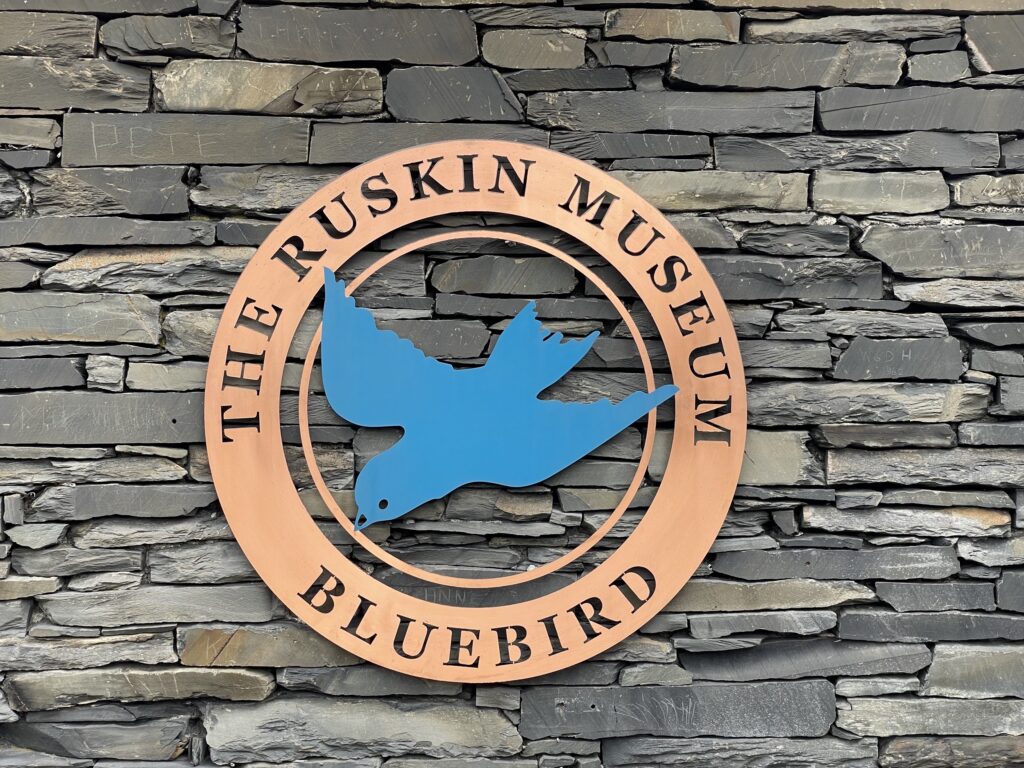
Industrial Archaeology
Many of Coniston’s buildings date from the eighteenth and nineteenth centuries. At that time output from local mines and slate quarries was at its peak. Some say the Romans were the first to work the rich seams of the Coniston fells. However, it wasn’t until Elizabethan times that copper was mined on an industrial scale. The Coppermines Valley, a 20-minute walk from the village centre, is dotted with the remains of the mines. A fascinating excursion for anyone interested in industrial archaeology.
Places to Eat in Coniston
If you are on the lookout for a delightful culinary experience, Coniston has a plethora of excellent options to satiate your hunger pangs. From scrumptious pub grub to spicy Indian cuisine, and from luxurious fine dining to delicious vegetarian fare, there is something for everyone in Coniston. If you would like some pointers to check out our Places to Eat in Coniston guide.
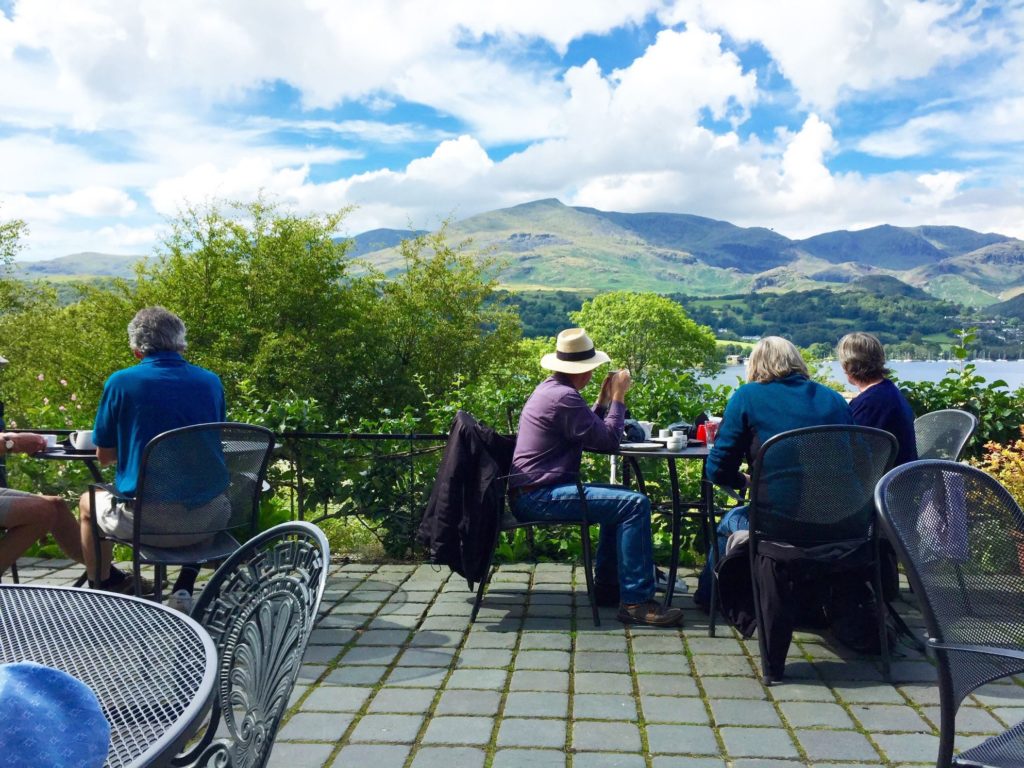
Getting to Coniston
Coniston’s located some way to the west of the A591 and A592, the main roads through the Lake District, so it takes a bit more effort to reach it. However, if you’re coming by public transport, it’s best to get the train to Windermere and then the 505 bus via Ambleside, a road journey of about an hour.
Places to stay in Coniston
Accommodation options range from YHA hostels and self-catering cottages to hotels, inns and B&Bs. There are also a few campsites just south of the village, along the western shores of the lake. Explore some of our recommended places to stay in Coniston:
